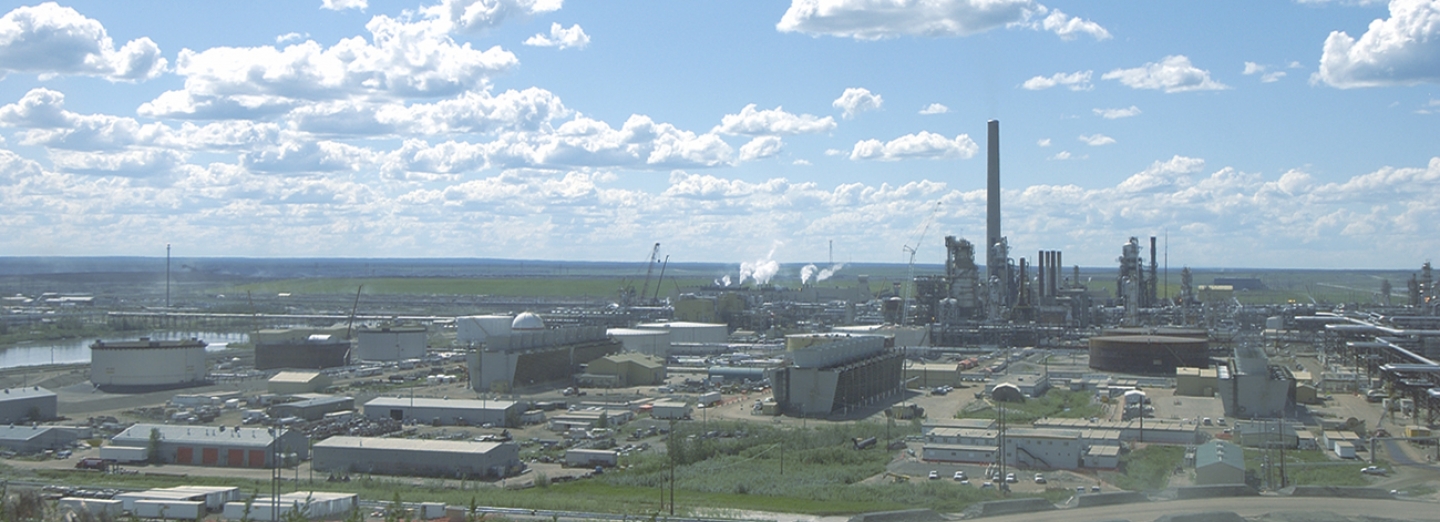Natural gas heats our homes, provides electricity, and supplies us with an array of valuable consumer products. Sour gas is natural gas that contains measurable amounts of hydrogen sulphide (H2S). The gas is colourless and flammable and smells like rotten eggs. Sour gas represents about one-third of all natural gas produced in Alberta and can be used to recover sulphur. However, given the dangers of sour gas, energy companies must handle it safely and responsibly.
Where is H2S found?
H2S is a toxic gas formed by the breakdown of organic materials. It can be found in natural gas, oil, sewage, swamps, and stockyards and in the processing of pulp and paper. Even at low concentrations, you can recognize its rotten egg smell. At higher concentrations, it can impair breathing. Because H2S is heavier than air, it tends to accumulate in low-lying areas.
Critical Sour Gas Wells
A critical sour gas well is a well that could potentially release large quantities of H2S, causing significant harm to nearby communities. Companies must be cautious when drilling these wells.
In determining whether a sour gas well should be considered critical, we examine factors such as the complexity of the drilling operations and the number of people who live in the area. Learn more in our EnerFAQs All About Critical Sour Wells.
Protecting Albertans and the Environment
We recognize the dangers of sour gas. To help protect Albertans and the environment, we routinely review and improve our regulations. In fact, we are internationally recognized as a leader in the development and implementation of sour gas regulations. Our work includes
- reviewing and approving detailed drilling plans that consider H2S training and supervision;
- ensuring that there is an emergency response plan in the event of a release of H2S;
- evaluating the distance between a sour gas facility and residences in the area; and
- conducting regular inspections and sharing what we find on our compliance dashboard.
When an Incident or Emergency Occurs
When an incident or emergency occurs, such as a blowout or sour gas leak, we dispatch our air monitoring units (AMUs)—sometimes referred to as “sniffer trucks”— to measure gas concentrations. This monitoring technology helps us minimize risks to the public and the environment, and helps us respond to incidents and emergencies safely and efficiently.
Our AMUs detect and measure two types of gas emissions: sulphur dioxide (S02) and H2S.
Learn more about how we respond to energy-related incidents and emergencies.


